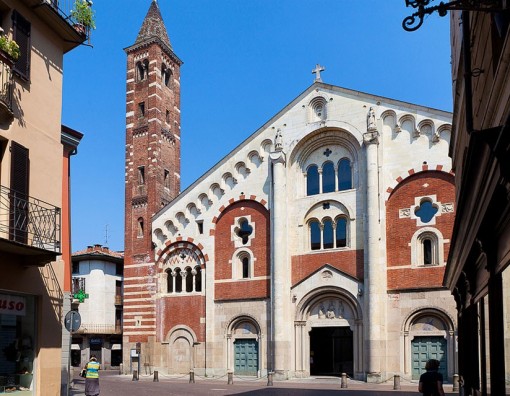Anchovy, oil and garlic dip
Despite being the Piedmontese signature dish, bagna cauda contains many ingredients which come from outside our region. The main ingredient, the anchovy comes from the neighbouring coastal region of Liguria as well as from The Costa Brava in Spain. The anchovies were originally brought to our region by anchovy traders from the mountainous Val Maira region near Cuneo. The olive oil used is also from Liguria (it used to be produced in Piedmont in the past). The Jerusalem artichokes and the peppers were first discovered in America. The thistle artichoke, which is grown throughout Italy, for the purposes of our recipe is the one grown near Nizza Monferrato. The best time for making bagna cauda is winter. In order for this recipe to be a success, the ingredients must be chosen with care. The anchovies should be preserved in salt and be mature, vinegar should not be used to remove the salt, but rather a few drops of white wine or failing that, kitchen paper.
The garlic used should be locally produced, chopped into small pieces and have its core removed. Some cooks advise soaking the garlic in milk for a few hours so as to make it a little less sharp in taste. The optimal olive oil is the extra virgin variety from west of Genoa (Riviera Ponente). Some cooks use butter. Other variants include the use of cream, milk, stock or red wine.
It should be cooked in an earthenware pan on a low flame over a relatively short time. Each diner has the characteristic raised dish under which a small candle can be inserted which keeps the dip hot, hence the name bagna cauda (hot dip). The following raw vegetables are dipped into the sauce. First and foremost, thistle artichoke or Jerusalem artichoke, after which any combination of cabbage leaves, fennel, celery, crab apple and other winter greens. Should the bagna cauda dip be the main meal, it will be necessary to prepare further boiled and baked vegetables in addition to the raw ones. These could be potatoes, pumpkin and cauliflower. Baked polenta could also be added as a filler. An old peasant custom was to put scrambled egg into the raised dish at the end of the meal and use any remaining bread to eat it up.




